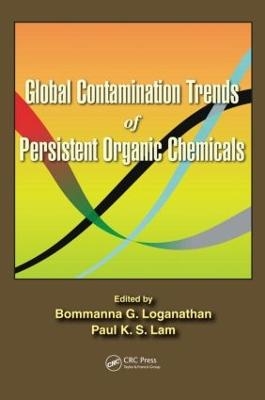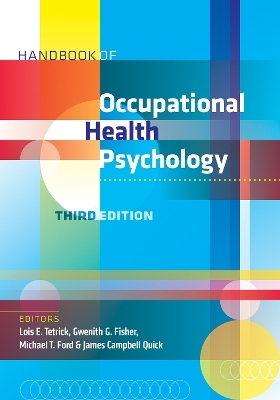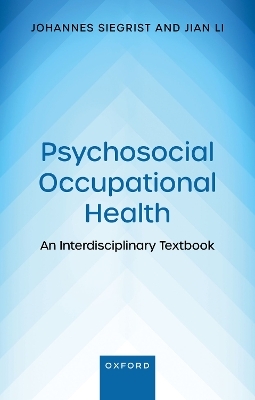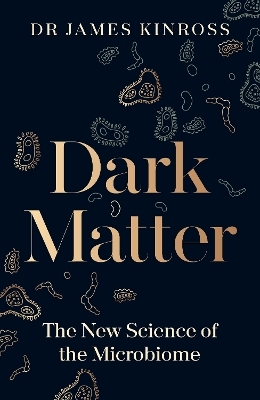
Global Contamination Trends of Persistent Organic Chemicals
Crc Press Inc (Verlag)
978-1-4398-3830-3 (ISBN)
Global Contamination Trends of Persistent Organic Chemicals provides comprehensive coverage of spatial and temporal trends of classical and emerging contaminants in aquatic, terrestrial, and marine ecosystems, including the Arctic and Antarctic ecosystems. Compiled by an international group of experts, this volume covers:
Spatial and temporal trends of polychlorinated biphenyls (PCBs), chlorinated pesticides, polychlorinated naphthalenes (PCNs), polychlorinated dibenzo-p-dioxins/furans (PCDD/DFs), polybrominated diphenyl ethers (PBDEs), hexabromocyclododecanes (HBCDs), perfluorinated compounds (PFCs), synthetic musks, polynuclear aromatic hydrocarbons (PAHs), and octyl- and nonylphenols
Environmental and biological matrices used for the trend studies were atmosphere, water, soil, sediment, bivalve mollusks, fish, marine mammals, terrestrial mammals, and human breast milk
Spatial and temporal trend studies presented from Australia, Brazil, China, Estonia, Ghana, Hong Kong, India, Italy, Japan, Korea, Norway, Poland, Sweden, the United States, coastal and open ocean environments, and the Arctic and Antarctic regions
POCs have been the subject of an intensive regional, national, and international effort to limit their production and use, and to mitigate the disposal of these chemicals. Since POCs are prevalent in air, water, soil, and tissues of organisms (including wildlife and humans) throughout the world and do not degrade, they cause long-term effects in organisms. Trend monitoring studies are essential to make clear the behavior and fate of these compounds and to protect our environment and living resources. Relevant to professionals and students alike, Global Contamination Trends of Persistent Organic Chemicals facilitates the understanding of environmental and biological behavior of these chemicals and the development of strategies for protecting the global environment for future generations.
Bommanna G. Loganathan, Ph.D., is a professor of environmental/analytical chemistry at the Murray State University (MSU), Kentucky, USA. His current research involves investigations on the distribution, environmental transformation, and fate of persistent organic/organometallic pollutants in the environment and their effects on wildlife and human health. A major focus of his research is to evaluate status and trends of classical as well as emerging pollutants in man-made freshwater lakes such as Kentucky Lake in comparison with natural lakes and marine ecosystems, and to assess the effects of these compounds on human natural killer cells’ ability to kill cancer cells using in vitro assays. He is the author/co-author of over one hundred publications in peer reviewed journals and book chapters. Paul K.S. Lam is Chair Professor of biology at the City University of Hong Kong. He is currently Vice-President (Student Affairs) and Director of State Key Laboratory in Marine Pollution. Prof. Lam has extensive research experience in marine environmental research. He is particularly interested in the responses of organisms to toxic chemicals and algal toxins, as well as the risk assessment of these compounds. He is the author/co-author of over 240 publications in international refereed journals. Prof. Lam has been responsible for over 30 major government consultancy projects in the environmental field, including assessments of risks to Hong Kong cetaceans and waterbirds due to toxic contaminants.
Classical and Emerging Persistent Organic Chemicals- Perspectives: Global contamination trends of persistent organic chemicals: An overview. Spatial and temporal trends of polybrominated diphenyl ethers . Temporal trend of perfluorinated compounds from various environmental matrices. Synthetic musks and benzotriazole UV stabilizers in the marine ecosystems. Global environmental distribution and human health effects of polycyclic aromatic hydrocarbons. Persistent Organic Chemicals in the Asia-Pacific Region: Organohalogen contamination profiles and trends in Australia. Environmental status of polychlorinated biphenyls in China. Organochlorine pesticides, polychlorinated biphenyls and polybrominated diphenyl ethers in the Indian atmosphere. Historical trends of dioxin sources and contamination in Japan. Polychlorinated Naphthalenes: Use and contamination trends in Japan and China: Sources, distribution and temporal trends of nonylphenols in South Korea. Spatial and temporal trends of persistent organic chemicals in Vietnam soils. Persistent Organic Chemicals in Europe and Africa: Contamination profiles and temporal trends of organohalogen compounds in the Estonian environment and Biota. Chlorinated hydrocarbons in animal tissues and products of animal origin from Poland. Temporal trends of organohalogen compounds in mothers’ milk from Sweden. Temporal trends of persistent organic pollutants in mother’s milk from Italy. Contamination status of organochlorine pesticides in Ghana. Persistent Organic Chemicals in the Americas: Contamination profiles and possible trends of persistent organic compounds in the Brazilian aquatic environment. Contamination profiles and temporal trends of persistent organic pollutants in oysters from the gulf of Mexico. Using sediment cores to assess inputs of organochlorines and polycyclic aromatic hydrocarbons in coastal Georgia estuaries. Temporal trends of selected chlorinated hydrocarbon pollutants in sediments of Kentucky Lake. Persistent Organic Chemicals in the Coastal, Oceanic, Arctic and Antarctic Regions:Temporal trends of polybrominated diphenyl ethers (PBDEs) and hexabromocyclododecanes (HBCDs) in marine mammals with special reference to Hong Kong, South China. Status and trends of POPs in harbor seals from the Northwest Atlantic. Organohalogen pollutants in the sea bird eggs from northern Norway and Svalbard. Contamination profile and temporal trend of POPs in Antarctic biota. Global distribution of PFOS and related chemicals.
| Erscheint lt. Verlag | 20.9.2011 |
|---|---|
| Zusatzinfo | 89 Tables, black and white; 286 Illustrations, black and white |
| Verlagsort | Bosa Roca |
| Sprache | englisch |
| Maße | 178 x 254 mm |
| Gewicht | 1315 g |
| Themenwelt | Medizin / Pharmazie ► Medizinische Fachgebiete ► Arbeits- / Sozial- / Umweltmedizin |
| Studium ► Querschnittsbereiche ► Klinische Umweltmedizin | |
| Naturwissenschaften ► Biologie ► Biochemie | |
| Naturwissenschaften ► Biologie ► Ökologie / Naturschutz | |
| Naturwissenschaften ► Chemie ► Organische Chemie | |
| Technik ► Umwelttechnik / Biotechnologie | |
| ISBN-10 | 1-4398-3830-5 / 1439838305 |
| ISBN-13 | 978-1-4398-3830-3 / 9781439838303 |
| Zustand | Neuware |
| Haben Sie eine Frage zum Produkt? |
aus dem Bereich


